South America is home to some of the most enigmatic and diverse wild cat species in the world. These cats, with their mysterious traits and elusive behaviors, have fascinated biologists and animal enthusiasts alike. This article delves into the lesser-known feline inhabitants of South America, highlighting their unique characteristics and the challenges they face in their natural habitats.
The Legendary Jaguar: Apex Predator of the Americas
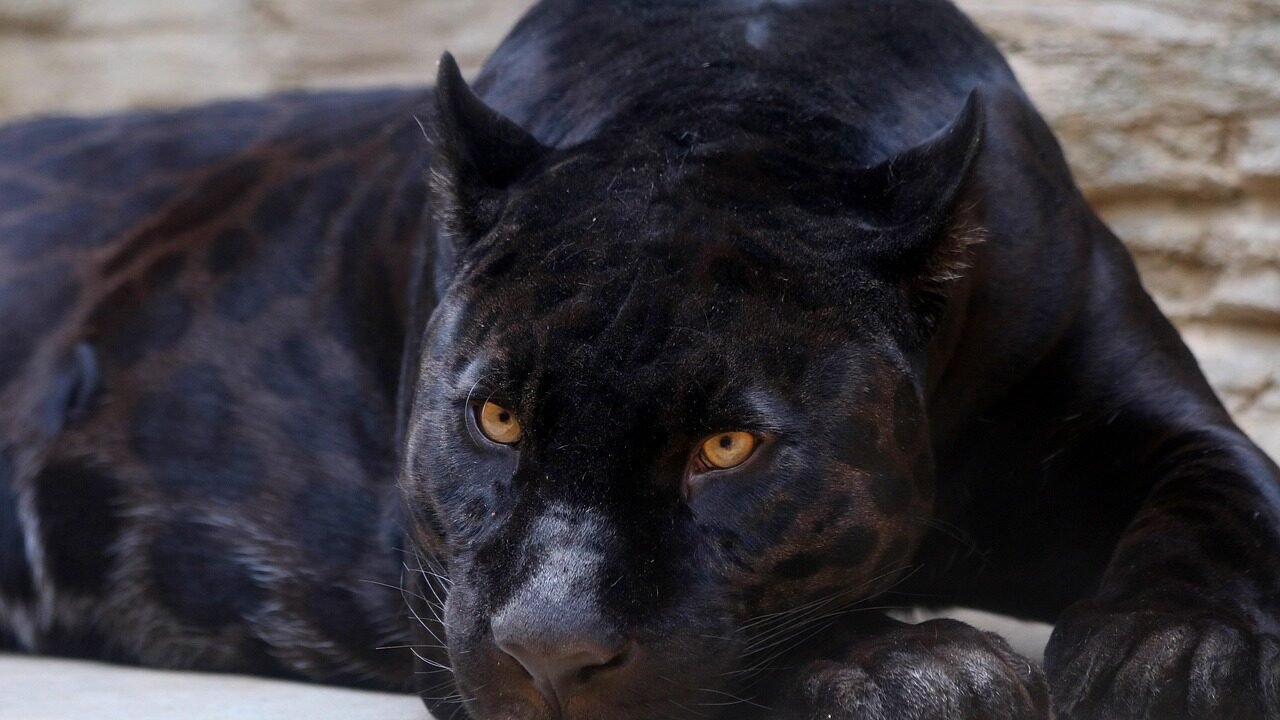
The jaguar, known scientifically as Panthera onca, is the largest cat in the Americas and plays a crucial role as an apex predator in its ecosystem. With its robust build and powerful jaws, the jaguar is known for its unique ability to kill prey with a single bite. Jaguars are mostly found in rainforest habitats but can also be seen in dry forests, scrublands, and swamps.
The Solitary Puma: Adaptable and Elusive
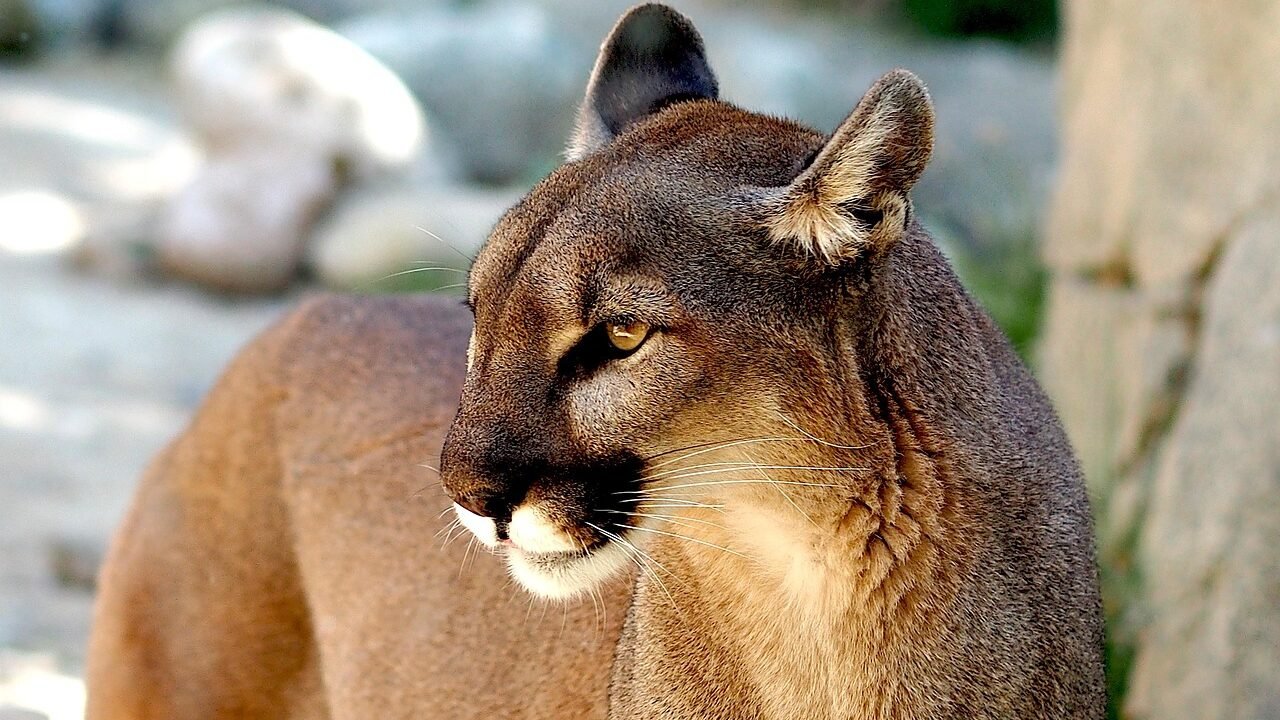
Also known as the mountain lion or cougar, the puma (Puma concolor) is a highly adaptable feline known for its solitary nature. Unlike the jaguar, pumas can thrive in a variety of environments, from deserts to alpine forests. This adaptability has made them the most widespread wild cat in the Americas.
The Elusive Ocelot: A Master of Stealth
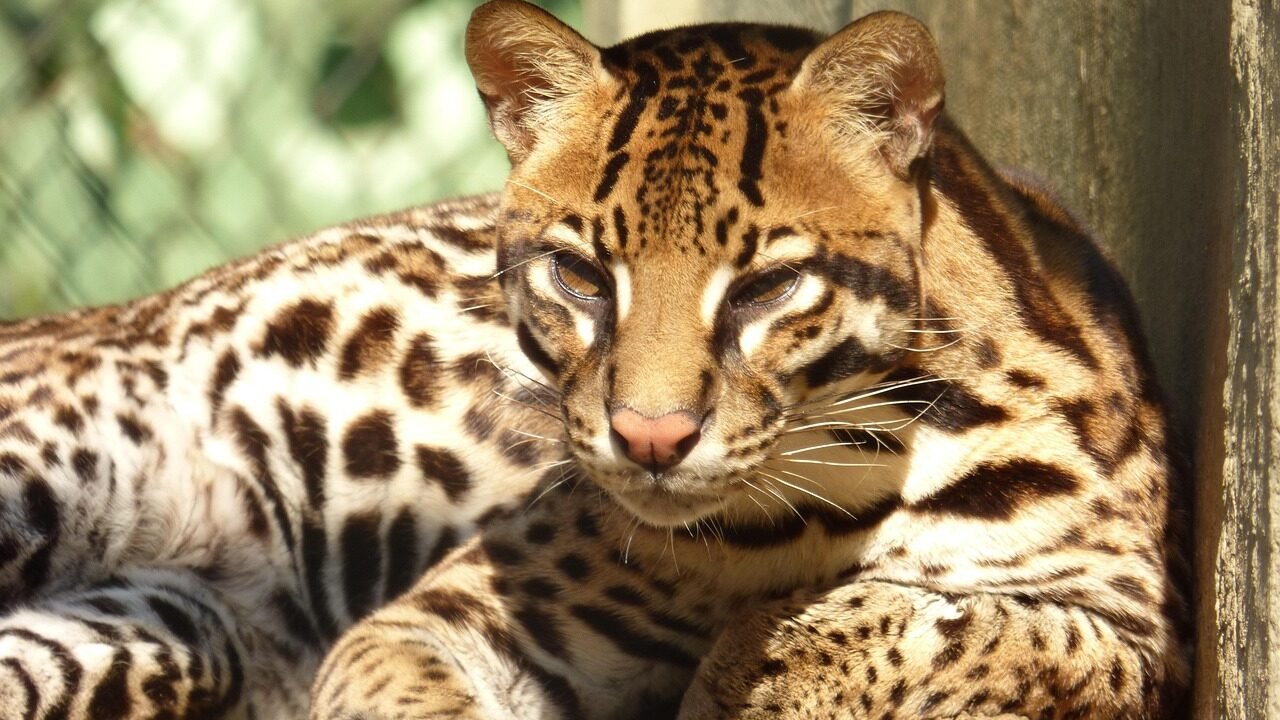
The ocelot (Leopardus pardalis) is a medium-sized cat known for its striking coat, which bears an intricate pattern of spots and stripes. Ocelots are experts in camouflage, making them difficult to spot in their dense forest habitats. They are primarily nocturnal hunters, preying on small mammals, birds, and reptiles.
The Mysterious Margay: Arboreal Acrobats
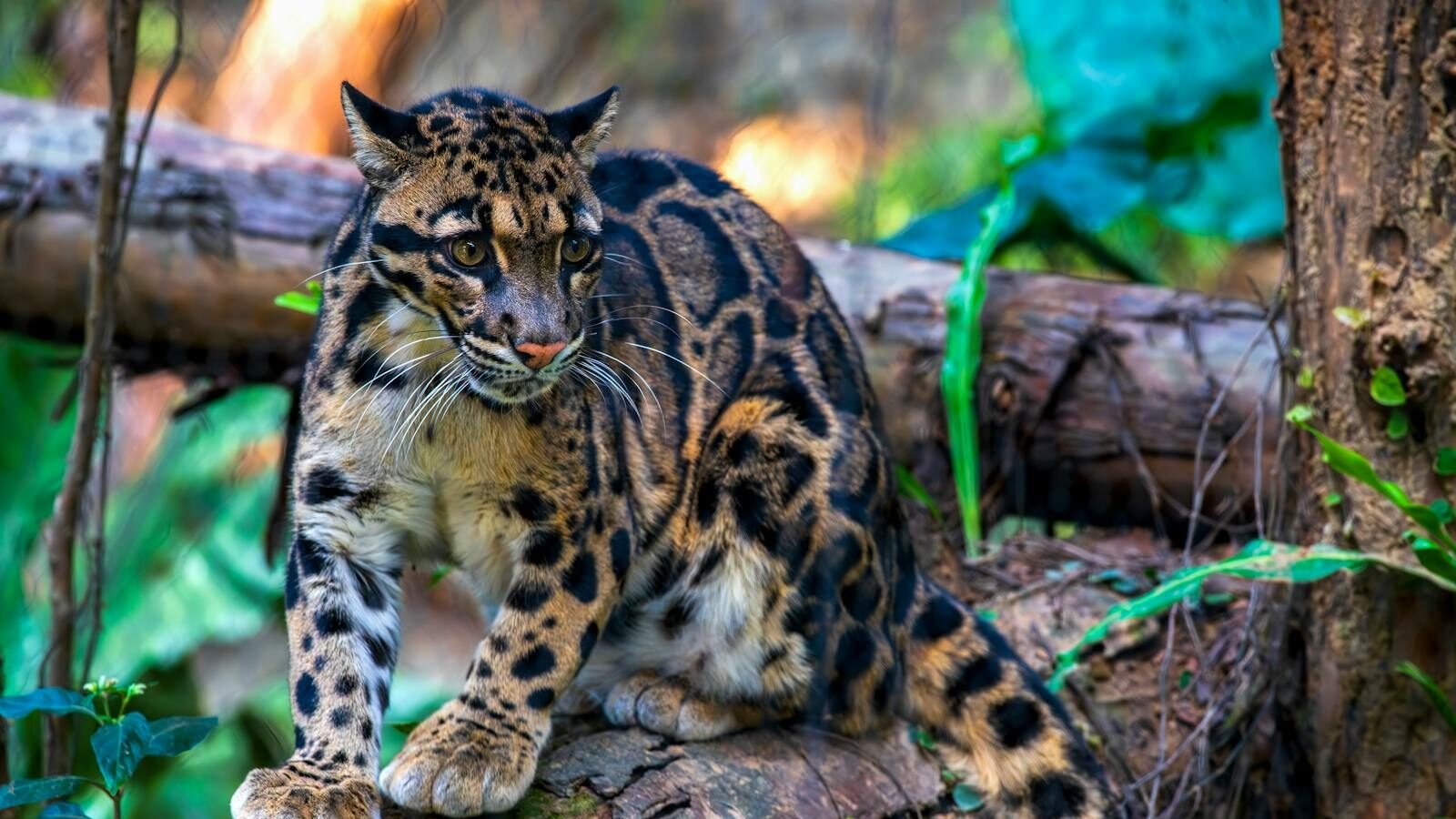
Often referred to as the “tree tiger,” the margay (Leopardus wiedii) is one of the few cats that spend a significant amount of time in trees. Thanks to their flexible ankles, margays are excellent climbers and can navigate the canopy with ease. They are known for preying on birds and small mammals found in the trees.
The Andean Mountain Cat: A Rare Highland Predator
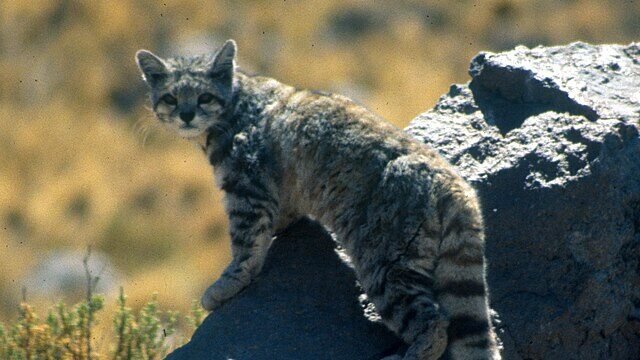
The Andean mountain cat (Leopardus jacobita) is one of the least understood and rarest wild cats in the world. It inhabits the high-altitude regions of the Andes, where its elusive nature makes it a difficult subject for study. This cat’s primary diet consists of rodents and small mammals that thrive in its harsh environment.
The Elusive Oncilla: A Secretive Forest Dweller
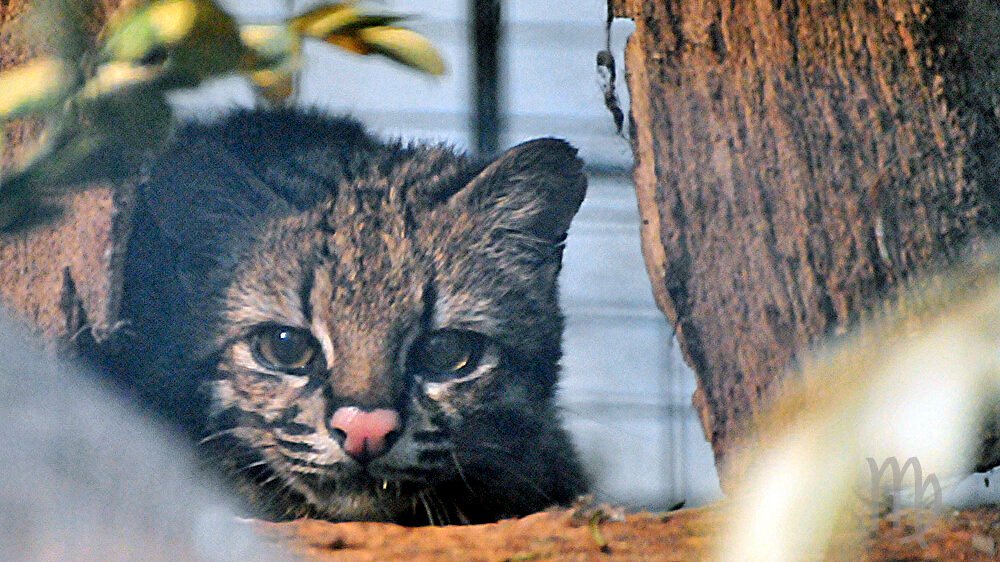
The oncilla, or little spotted cat (Leopardus tigrinus), is a small feline that inhabits cloud forests and lowland rainforests. Its diminutive size and patterned coat make it an adept hunter of small prey. Despite its broad range, the oncilla remains difficult to study due to its secretive lifestyle.
The Pampas Cat: A Habitat Specialist
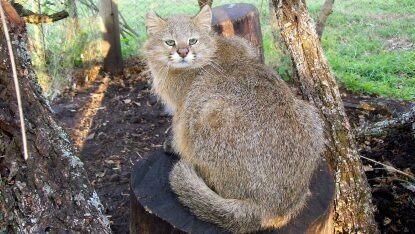
The Pampas cat (Leopardus colocola) is a species with a highly varied appearance across its range. It primarily inhabits grasslands, savannas, and scrublands, where it preys on small rodents and birds. This cat demonstrates a broad adaptability to different habitats, though increasing human activity poses a threat to its survival.
The Geoffroy’s Cat: A Wild Relative of the Domestic Cat
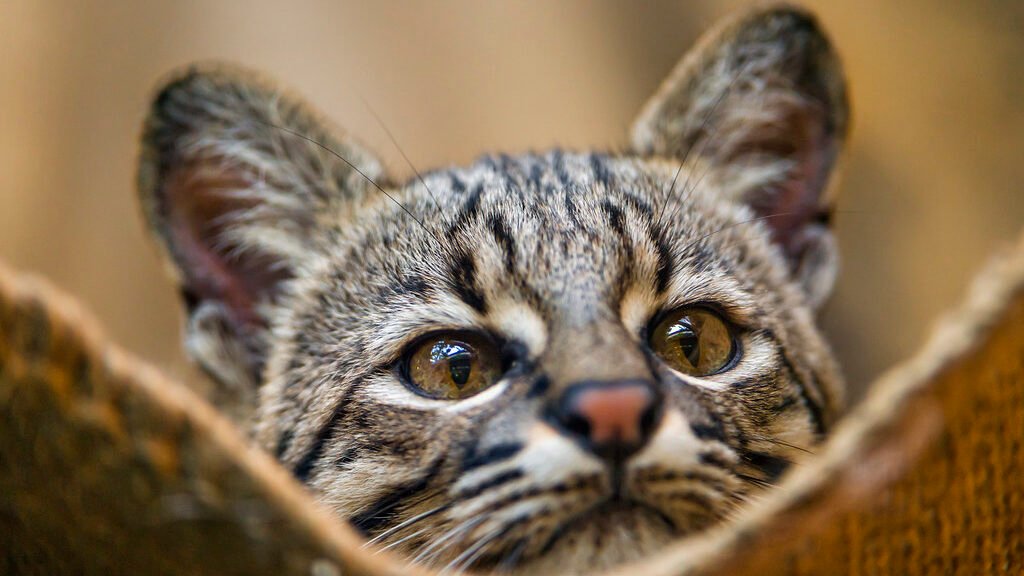
The Geoffroy’s cat (Leopardus geoffroyi) is a small cat that resembles domestic cats in appearance, yet it is wild and predominantly solitary. Found in various habitats, including grasslands and forests, this cat is an agile and opportunistic predator, often hunting at night.
Conservation Challenges and Efforts
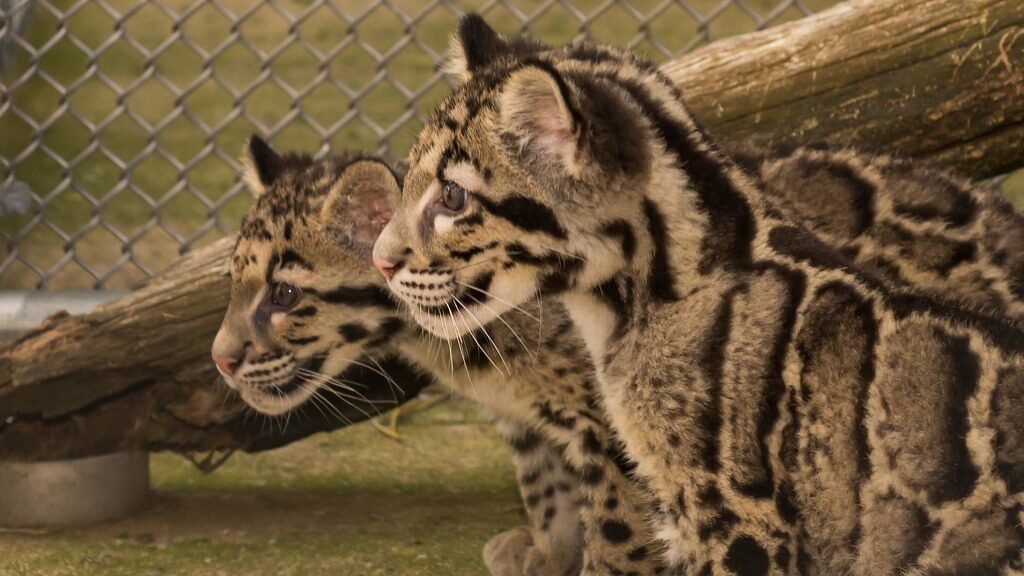
Image by Openverse via Openverse
South America’s wild cats face numerous threats, including habitat destruction, poaching, and conflict with humans. Conservation efforts are underway to protect these species and their habitats. Research, community engagement, and stricter enforcement of wildlife protection laws are critical to ensuring the survival of these mysterious feline species.
Conclusion: The Importance of Preserving South America’s Wild Cats
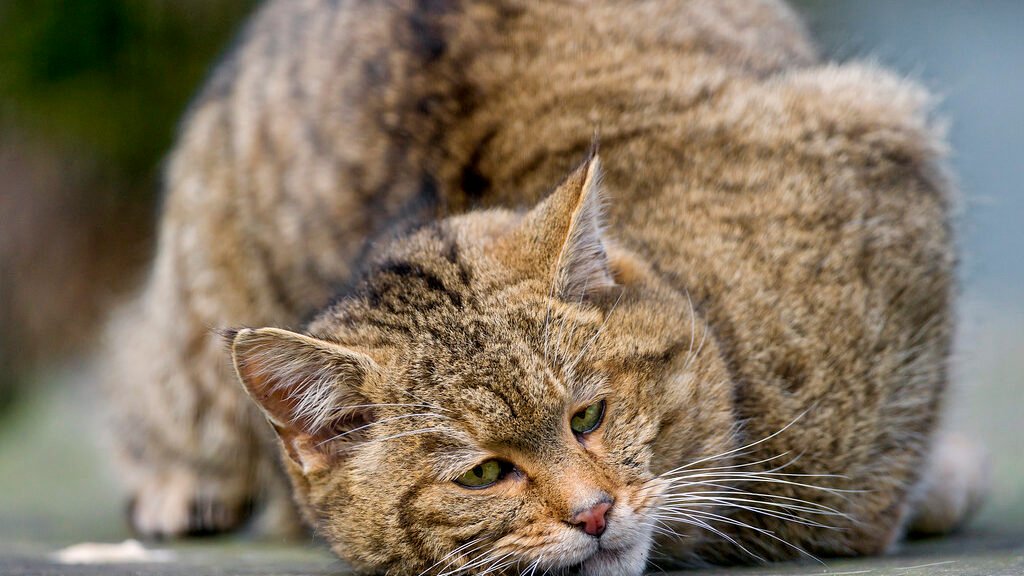
The wild cats of South America are essential components of their ecosystems, balancing prey populations and maintaining biodiversity. Understanding the mysteries of these elusive creatures not only enriches our knowledge of the natural world but also underscores the importance of preserving these species for future generations. As we continue to learn more about these beautiful and mysterious animals, conservation efforts become increasingly important to safeguard their survival.

With over a decade of experience as a dedicated cat lover and enthusiast, I specialize in writing captivating content about all things feline. My expertise shines through in creating engaging and informative pieces that resonate with fellow cat lovers. As a proud cat parent to my beloved Duston, my personal connection to the world of cats adds authenticity and warmth to my work, making it relatable and heartfelt.






